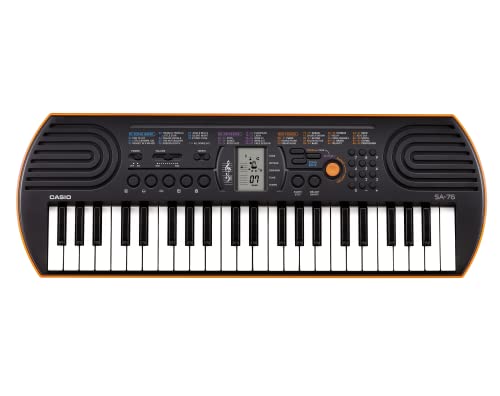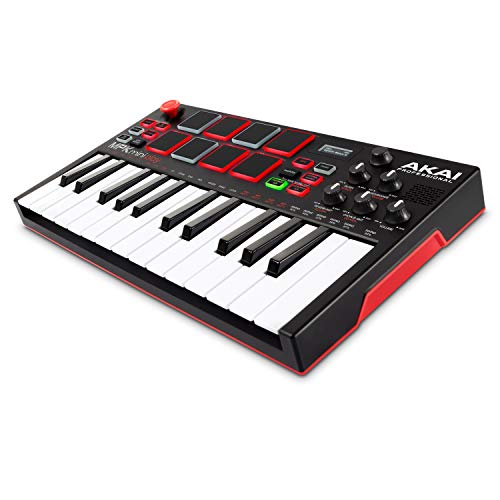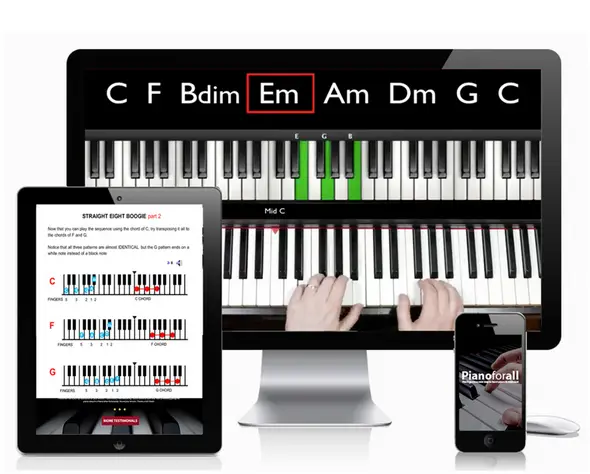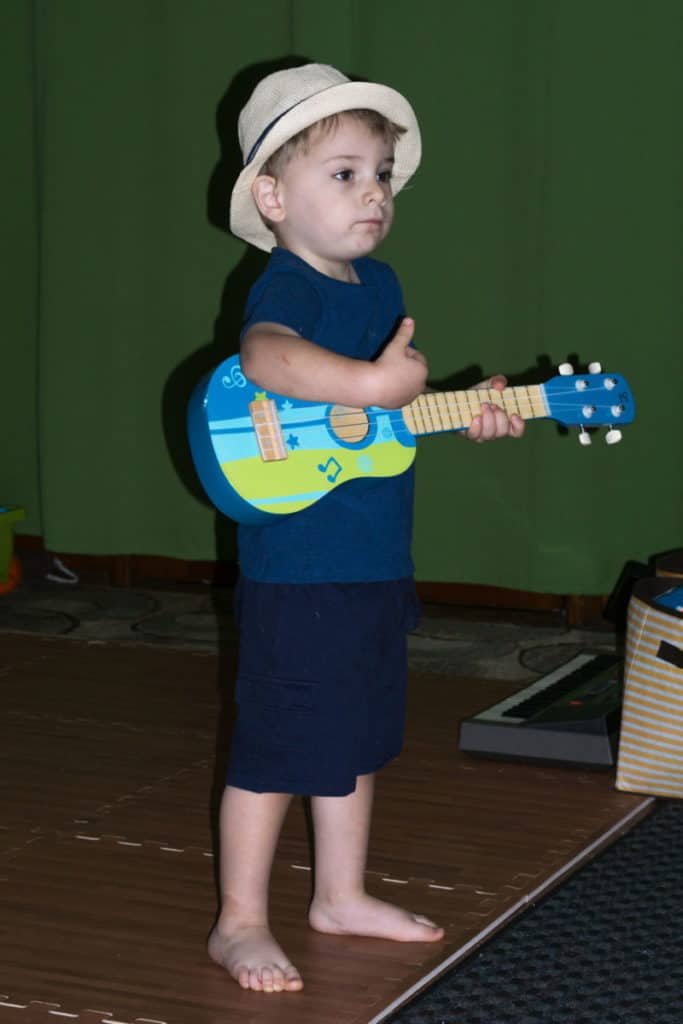If you’re looking for STEM music toys or instruments, our top pick is the Littlebits Synth Kit. This is made by Korg, who knows a thing or two about synthesizers and music (I toured for about 6 years playing with a Korg as the centerpiece of my keyboard rig.)
The kit comes with 12 modules that snap together with magnets to create circuits, and can be combined with other Littlebits kits.
If you want a sample of what the synth kit can do, check out Reggie Watts having some fun:
And Reggie was just scratching the surface here. The cool thing about the Littlebits Synth kit is that anyone can have fun with this. You can make some music without knowing how to play an instrument. Speaking of instruments…
Related Post: We did some STEM activities with sound, which includes some DIY musical instruments.
Musical Instruments
Seriously, if your kid is expresses an interest in music, nothing beats simply playing an actual instrument.
Do yourself a favor and get your budding musician a starter instrument to make sure they like it, have an aptitude for it, and most importantly – make sure they actually play it!
If they prove they are willing to practice, you can step up to a better quality instrument that they’ll appreciate.
Here are some instruments that are a good place to start, as well as some ideas for when they’re ready to get more serious about an instrument.
Recorder
The classic recorder is a simple and inexpensive place to start. Easy to play (or at least get sound out of for younger kids) and durable, recorders are a good way to let kids explore how covering and uncovering the holes affect the sound.
They can start to play with rhythm as they breath melodies into the instrument.
Saxoflute
For a fun variation, try letting a budding musician build their own Saxoflute. Colorful interchangeable pieces slide together to build a horn suitable for the pages of Dr Seuss.
Piano or Keyboards
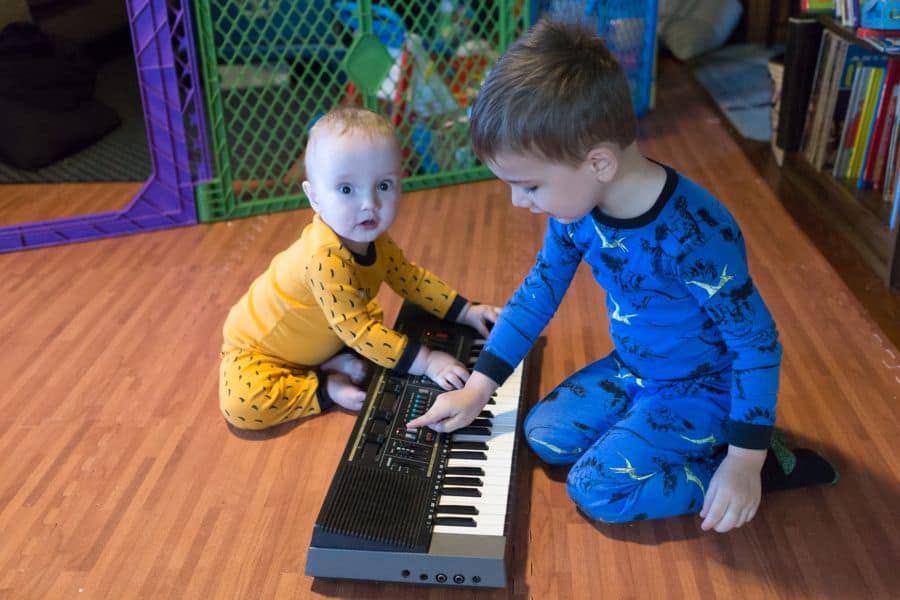
There are some great keyboards available today that are light years ahead of what I used at a similar price point. I started learning on rinky dink Casio keyboards, one of which you can see they boys enjoying in the photo above.
Today you can get a comparable starter model for a fraction of the price like this one on Amazon.
- 44 mini-sized key
- 5 percussion pads
- 100 sounds
- 50 rhythm patterns to play along to

While you can certainly make music with the Casio and similar starter keyboards, they’re more toy than they are pro gear.
You could step up your game and get something like this Akai. I wish they had keyboards like these when I was haling around a keyboard rig for gigs!

- Standalone Mini Keyboard
- Built In Speaker
- 8 Programmable Pads
- On board Effects
- 128 Instrument Sounds
- 10 Drum Sounds
- USB Controller
- Bundled Software Suite
Never played piano and not sure where to start? Check out this piano course. There are both online or DVD versions, and the course uses contemporary songs as teaching tools.
I’ve gone through some of the lessons to dust off my keyboard chops, and managed to pick up some useful nuggets from the lessons in PianoForAll.
Ukulele
Ukuleles are a great starter instrument for kids. They’re small, which is a good match for little hands. Ukuleles have only 4 strings, and many chord shapes only require a single string to be held down. It’s an easy instrument to learn, and it’s possible to be playing songs quickly.
It’s easy to find a reasonably priced ukulele like the one our son is playing here. It holds a tuning and sounds good, and for the price we’re not too worried about rough handling an instrument is bound to endure in the hands of a little kid.
If you want something a level up, Kala is a respectable brand that won’t break the bank and are readily available. I’m partial to ukuleles from Magic Fluke; they’re similar to Ovation guitars in that the backs are made out of a heavy composite and are nearly indestructible. They have a great sound, project well, and can be found as both acoustic and electric models.
Be advised ukuleles come in several sizes. Soprano ukuleles are the smallest, and are great for kids.
If you’re planning to play a little yourself (and do not have tiny hands), you may want to consider a concert ukulele.
There is also a tenor ukulele, though at this point you’re approaching the size and tonal range of a guitar.
Guitar
There are plenty of guitars to get your kids started. The biggest choice here is acoustic or electric. With an acoustic, the guitar is the only thing you need to play. An electric guitar will need an amplifier; you can find some nice combo kits that include a guitar and small amp to get you started.
Fenders and Gibsons are the tried and true classic guitars, and both have entry level brands. Squire guitars are made by Fender, and Epiphone are Gibsons. One of my first guitars was an Ibanez, which makes inexpensive starter guitars to high end guitars that are preferred by players like Steve Vai and Joe Satriani.
There are plenty of other quality brands available (and some not so great brands as well.)
You can find some entry level guitars or used guitars at most music shops, pawn shops, Craigslist and stores like 2nd and Charles.
Violin
It’s tempting to get a cheap violin, but they play like crap and are difficult to learn on. That said, if you can sound good on a $60 violin, you’ll sound absolutely awesome on a quality instrument, and find the better violin easier to play.
Once again there is the choice of acoustic or electric. For most school band applications, an acoustic violin is still the way to go.
And, of course, if you wanted to make a STEM/STEAM project, you could always 3D print your own violin.
Woodwind and Brass
A staple of any school band program. I’ve never (successfully) played woodwind or brass, so don’t feel qualified to make specific recommendations on brands or styles.
Like other instruments, if the price is too good to be true, the instrument is most likely not good quality.
Related Post: How does music apply to STEM?


